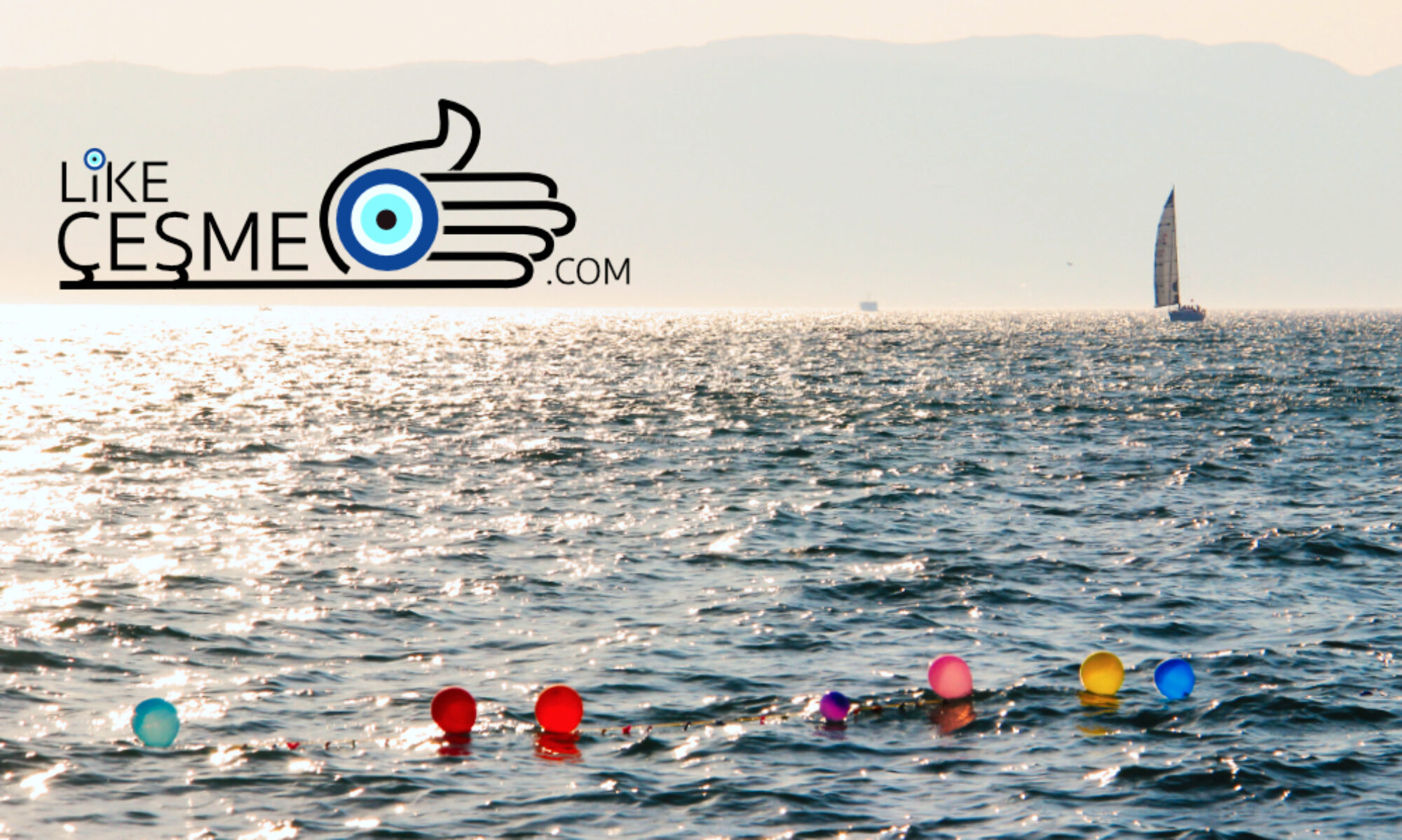During the summer (May-September), two weekly ferry boats operate between İzmir-Alsancak (Tūrkiye) and Lesbos-Mytilene (Greece) ports, a distance of 64 nautical miles (120km). Tickets for the Lesbos ferry can be purchased online from the İzdeniz A.Ş. ticket office. In 2024, the first sailing was on 3 May, and the final sailing on 27 September.
İzmir-Lesbos Ferry – Table of Contents
İzmir-Lesbos Ferry Sailing Days & Times
The ferry to Lesbos is operated in Tūrkiye by Izdeniz A.Ş. which is affiliated to Izmir Metropolitan Municipality from the Alsancak Cruise Port at Umurbey, İzmir Limanı, 35230 Konak/İzmir.
| Route | Days | Departure | Approx. Duration |
|---|---|---|---|
| İzmir-Lesbos | Wednesday & Friday | 08:30 | 165 minutes |
| Lesbos-İzmir | Friday & Sunday | 17:00* | 165 minutes |
Approximate ticket prices are TL equivalent to €45 one way, €68 round trip—50% discount for children.
İzmir-Lesbos Ferry Ship
The route uses the passenger ship Prof. Dr Aziz Sancar and the high-speed craft Ihsan Alyanak. The Prof. Dr Aziz Sancar’s overall length is 40 metres and width 12 metres, its International Maritime Organization (IMO) code is 9799599. The Ihsan Alyanak’s overall length is 39 metres and width 12 metres, and its International Maritime Organization (IMO) code is 9799587. Both ships are for passengers only and do not carry vehicles.
Lesbos Entry Requirements
Upon entry to Mytilene, a valid passport (not older than ten years and three months remaining) with a Schengen or gate visa validity must be available.
About Lesbos
Lesbos, also known as Lesvos, is the third-largest Greek island, covering an area of approximately 1,630 square kilometres. The island is characterized by a diverse landscape that includes mountains, forests, and fertile plains. The highest peak is Mount Lepetymnos, which rises to an elevation of about 968 meters. Lesbos is known for its extensive coastline, which features numerous bays, beaches, and natural harbours.
Lesbos was inhabited as early as the Bronze Age. It became an important cultural and commercial centre in the Aegean in antiquity. The island was known for its poets, including Sappho and Alcaeus, and its intellectual contributions to Greek culture. During the classical period, Lesbos was a member of the Delian League, led by Athens, but later revolted against Athenian control. It came under the rule of various powers, including the Persian Empire and, later, the Macedonian Empire under Alexander the Great. Lesbos became part of the Roman Empire and later the Byzantine Empire. It experienced relative peace and prosperity during these periods, with Christianity becoming the dominant religion. In the 15th century, Lesbos was conquered by the Ottoman Turks and remained under Ottoman control until the early 20th century. Lesbos was incorporated into the modern Greek state in 1912 during the First Balkan War.
The island is home to the Petrified Forest of Lesbos, a unique geological phenomenon where ancient trees have turned to stone. This forest is around 20 million years old and is protected as a natural monument. Lesbos is famous for its numerous thermal springs, which have been used for their therapeutic properties since ancient times. The most notable hot springs are located in the areas of Eftalou, Therma, and Polichnitos. The Island is renowned for producing some of Greece’s best ouzo, a traditional anise-flavored alcoholic beverage. The town of Plomari is particularly famous for its ouzo distilleries. Lesbos is a popular destination for birdwatchers due to its diverse bird population, especially during the migratory seasons. The wetlands of Kalloni are particularly noted for their avian biodiversity.
Top Places to Visit on Lesbos
Mytilene: The capital and main port of Lesbos, Mytilene is a vibrant city with a blend of modern and historical elements. The impressive Mytilene Castle, the Archaeological Museum, and the Church of Saint Therapon are key sites. The city’s waterfront has cafes, restaurants, and shops, providing a lively atmosphere.
Molyvos (Mithymna): A picturesque town known for its charming stone houses, narrow streets, and the impressive Molyvos Castle perched on a hilltop. The town also has a beautiful harbour and stunning views of the Aegean Sea.
Petrified Forest of Lesbos: Located near the village of Sigri, this UNESCO Global Geopark features fossilized trees that date back around 20 million years. It’s one of the largest petrified forests in the world and offers a fascinating glimpse into the island’s geological history.
Eftalou Hot Springs: Situated near Molyvos, the Eftalou Hot Springs are known for their therapeutic properties. Visitors can enjoy a relaxing soak in the thermal waters, which are believed to have healing effects for various ailments.
Skala Kallonis: A traditional fishing village on the Gulf of Kalloni, known for its serene beaches and excellent birdwatching opportunities. The area is particularly famous for its sardine festival, which is held every August.
Plomari: The second-largest town on the island, Plomari is renowned for its ouzo production. Visitors can tour local distilleries, explore the charming old town, and relax on beautiful beaches such as Agios Isidoros.
Agiasos: A picturesque mountain village known for its traditional architecture, vibrant cultural life, and local crafts. The village is also home to the Church of Panagia Agiasos, an important pilgrimage site.
The Monastery of Limonos: Founded in the early 16th century, this historic monastery near the village of Kalloni is known for its impressive library, beautiful frescoes, and serene surroundings. It remains an active religious site and a place of pilgrimage.
Sigri: A small village on the island’s western tip, Sigri is home to the Natural History Museum of the Lesvos Petrified Forest, which offers extensive exhibits on the island’s unique geology. The village also features a Venetian-era fortress and a tranquil beach.
Vatera Beach: One of the longest and most beautiful beaches on Lesbos, Vatera Beach stretches for over 8 kilometres and offers clear waters, golden sand, and a range of amenities. It’s a popular spot for swimming, sunbathing, and water sports.
Social Media
Municipality of Western Lesvos – English Website
Greek National Tourism Organisation: Visit Greece – The Island of Lesvos – English Website
